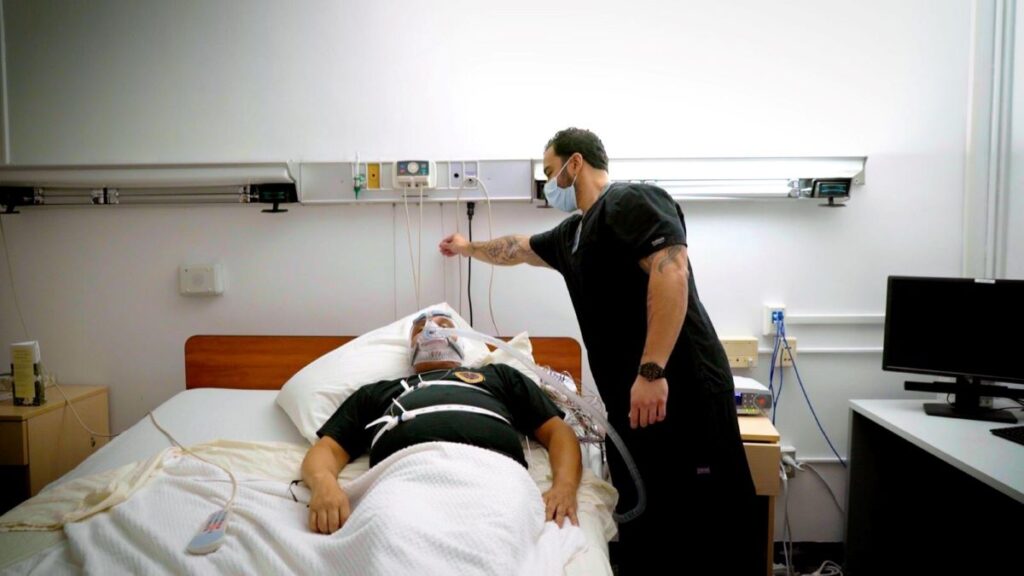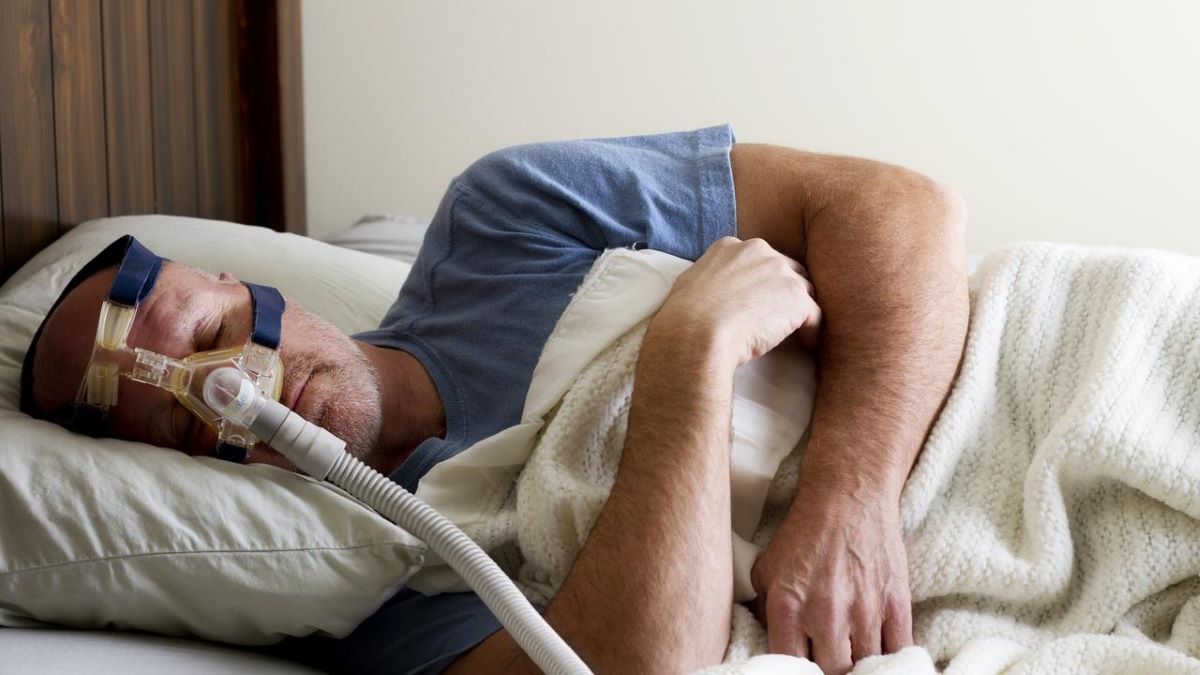Sleep testing in Hobart has become an essential diagnostic tool for identifying sleep disorders that affect both physical and mental health. Conducted in specialized clinics or at home with advanced monitoring devices, sleep studies help detect breathing irregularities, body movements, and sleep patterns. Many individuals are surprised to discover underlying issues that impact their rest without realizing it. Below, we explore the most common problems that appear during sleep testing and how they are managed effectively.
Obstructive Sleep Apnea (OSA)
One of the most frequently diagnosed conditions identified during sleep testing in Hobart is obstructive sleep apnea. This condition occurs when the airway collapses or becomes blocked during sleep, leading to repeated interruptions in breathing. Common symptoms include loud snoring, morning headaches, and daytime fatigue. Continuous Positive Airway Pressure (CPAP) therapy is often recommended as the primary treatment.
Central Sleep Apnea
Unlike OSA, central sleep apnea occurs when the brain fails to send proper signals to the muscles that control breathing. It’s less common but often detected during advanced sleep tests. This condition may be linked to underlying neurological or heart-related issues. Treatments vary from adaptive servo-ventilation to medication and lifestyle adjustments.
Insomnia-Related Disorders
Sleep testing frequently reveals insomnia, where individuals struggle to fall or stay asleep. Stress, anxiety, and poor sleep hygiene are major contributors. Sleep specialists in Hobart often use data from the study to identify patterns such as delayed sleep onset or frequent awakenings, helping to design targeted therapies like Cognitive Behavioural Therapy for Insomnia (CBT-I).
Periodic Limb Movement Disorder (PLMD)
PLMD is characterized by repetitive, involuntary leg movements during sleep. This can severely disturb sleep quality, even if the person is unaware of it. Polysomnography results usually show rhythmic muscle activity during non-REM stages, allowing doctors to prescribe appropriate medications or recommend iron supplementation if needed.
Restless Legs Syndrome (RLS)
Closely related to PLMD, Restless Legs Syndrome causes uncomfortable sensations in the legs and a strong urge to move them before sleep. Sleep testing helps distinguish RLS from other disorders and ensures patients receive correct treatment such as dopamine agonists or lifestyle changes like reducing caffeine and maintaining regular sleep schedules.
Snoring and Upper Airway Resistance
While occasional snoring is common, habitual snoring detected during a sleep study can indicate more serious issues like upper airway resistance syndrome (UARS). This condition involves partial obstruction of airflow, leading to disrupted sleep and fatigue. Treatment may involve positional therapy, oral appliances, or nasal breathing aids.

Circadian Rhythm Disorders
Sleep testing in Hobart often uncovers irregular sleep-wake patterns due to circadian rhythm misalignment. These disorders are common among shift workers or people exposed to inconsistent light cycles. Specialists may recommend light therapy, melatonin, and strict sleep routines to help realign the body’s internal clock.
Hypopnea Events
Many sleep tests reveal hypopnea — shallow breathing episodes that reduce oxygen levels but don’t cause full apnea. Frequent hypopnea can lead to sleep fragmentation and excessive daytime sleepiness. Proper diagnosis ensures treatment plans that restore healthy oxygen flow during sleep.
Sleep Bruxism
Teeth grinding, or sleep bruxism, often shows up in sleep studies as jaw muscle activity and micro-arousals. Left untreated, it can lead to tooth damage, jaw pain, and headaches. Dentists and sleep experts may recommend custom mouthguards or stress management strategies to reduce its effects.
See Also : How Long Does a Sleep Study in Brisbane Take From Start to Results?
REM Sleep Behavior Disorder (RBD)
In RBD, people physically act out dreams due to a lack of normal muscle paralysis during REM sleep. This condition can be dangerous if the person moves violently during dreams. Sleep testing identifies abnormal muscle activity during REM stages, and treatment often involves medication and ensuring a safe sleep environment.
Conclusion
Sleep testing in Hobart provides critical insight into a wide range of disorders, from apnea and insomnia to movement and behavioral issues. Identifying these conditions early ensures better treatment outcomes and improved overall health. If you experience fatigue, snoring, or restless sleep, booking a professional sleep assessment is the first step toward restorative rest and better well-being.
FAQs About Sleep Testing in Hobart
Sleep testing is a diagnostic procedure conducted in clinics or at home to monitor sleep patterns, breathing, and body movements, helping detect sleep disorders.
2. What conditions can be diagnosed through sleep testing?
Commonly detected conditions include obstructive and central sleep apnea, insomnia, periodic limb movement disorder, restless legs syndrome, snoring, circadian rhythm disorders, hypopnea, sleep bruxism, and REM sleep behavior disorder.
3. What is obstructive sleep apnea (OSA) and how is it treated?
OSA occurs when the airway becomes blocked during sleep, causing breathing interruptions. CPAP therapy is the primary treatment.
4. How does central sleep apnea differ from OSA?
Central sleep apnea happens when the brain fails to signal breathing muscles. Treatment may involve adaptive servo-ventilation, medication, or lifestyle changes.
5. Can sleep testing detect insomnia?
Yes, it identifies sleep onset delays and frequent awakenings, helping specialists recommend therapies like Cognitive Behavioural Therapy for Insomnia (CBT-I).
6. What are periodic limb movement disorder (PLMD) and restless legs syndrome (RLS)?
PLMD involves repetitive leg movements during sleep, while RLS causes uncomfortable sensations and urges to move the legs. Sleep testing distinguishes between the two for targeted treatment.
7. How does sleep testing help with snoring and upper airway resistance?
It identifies habitual snoring and conditions like upper airway resistance syndrome (UARS), guiding treatments such as positional therapy, oral appliances, or nasal aids.
8. What other sleep issues can be detected?
Sleep testing can uncover circadian rhythm disorders, hypopnea episodes, sleep bruxism, and REM sleep behavior disorder, allowing for personalized treatment plans.
9. Why is early detection through sleep testing important?
Early diagnosis enables effective treatment, reduces health risks, and improves overall sleep quality, energy levels, and well-being.
